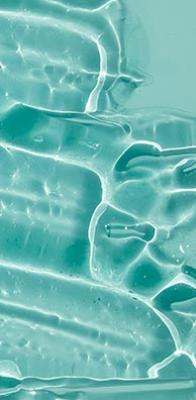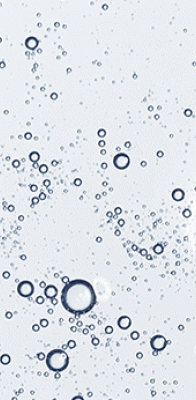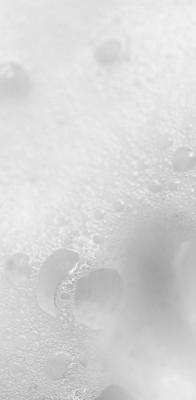What are PEG/PPG?
Polyethylene glycols (PEG) and polypropylene glycols (PPG) are humectants (which help retain or preserve moisture) or emulsifiers that can be found in many cosmetic products.
To identify them in our products, take a look at the ingredients list on packaging. They can usually be found by names starting with PEG- or PPG-.
Where do they come from?
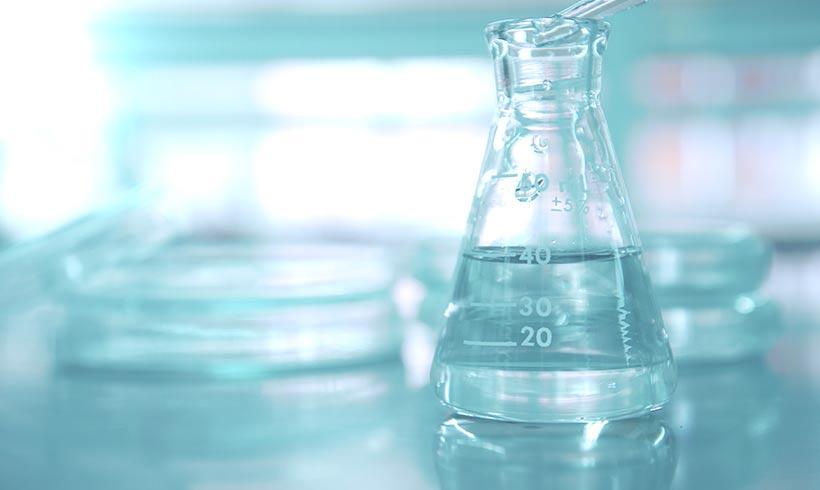
PEG and PPG are synthetic ingredients.
What are they used for?
Mainly used as emollients and emulsifiers to homogeneously mix ingredients that are normally immiscible such as water and oils. They are also used as thickening or gelling agents.
-
Emollient and emulsifiers
-
Thickening or gelling
Why are they questioned?
They are accused of being carcinogenic, of being toxic to the liver and kidneys and of causing allergies. They are also suspected of being toxic for the environment.
Facts:
- PEGs have a long history of safe use in the medical field, as well as cosmetics.
- According to the general opinion of scientists and health authorities, PEGs are well tolerated by the skin: they do not present the potential for allergic reactions at their concentration level in our products. PEGs can be irritating if used pure but do not present risk in our formulas when used in low concentrations.
- They are not toxic to the environment, although they are not biodegradable.
Why and how do we use them?
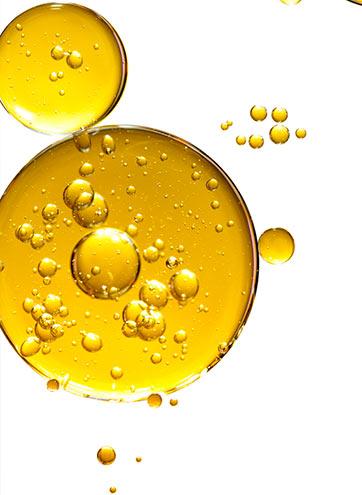
PEGs and PPGs allow us to formulate products of many different kinds of textures. Their diversity makes it possible to offer products with various sensorialities and which are adapted to each type of skin.
As part of our continuous improvement efforts, we are working closely with our suppliers to improve the production process of PEGs and PPGs and their impact on the environment.



